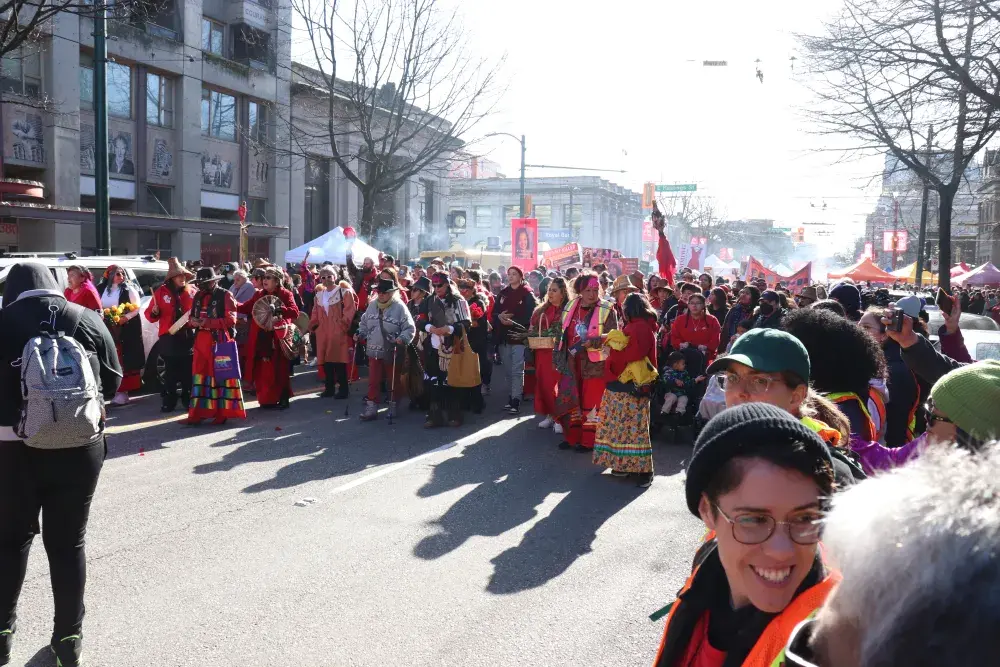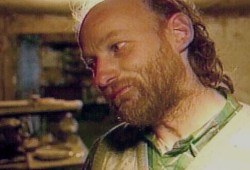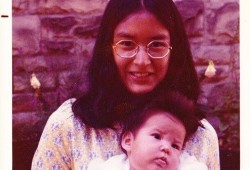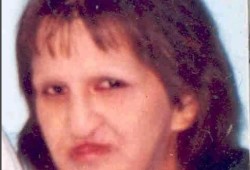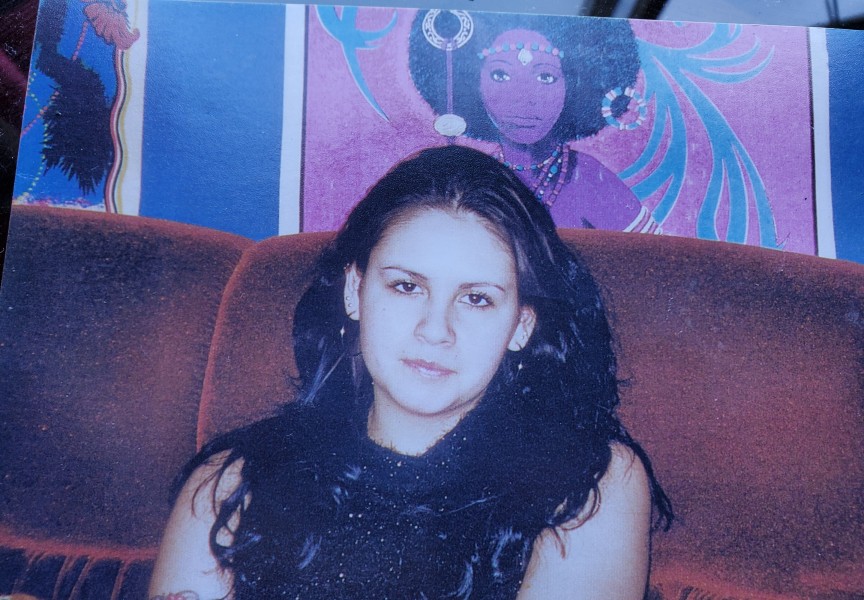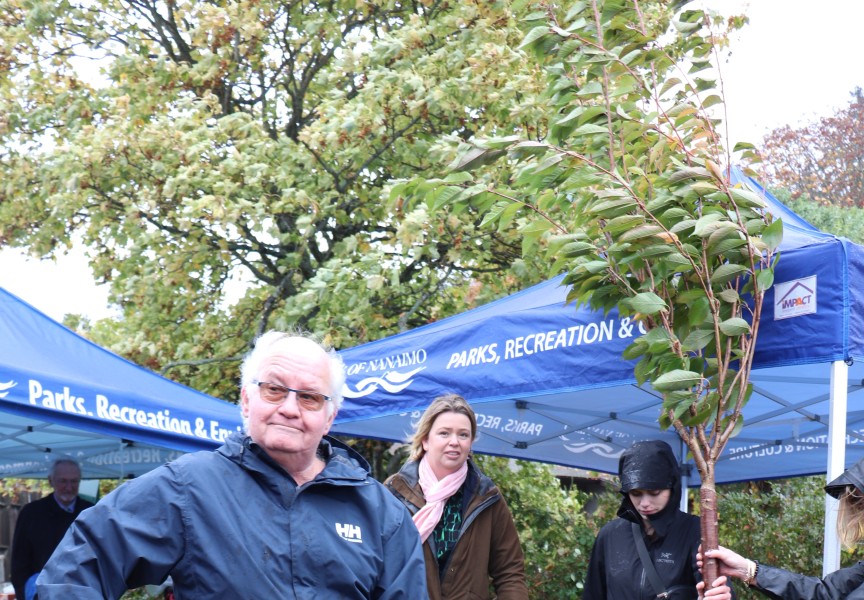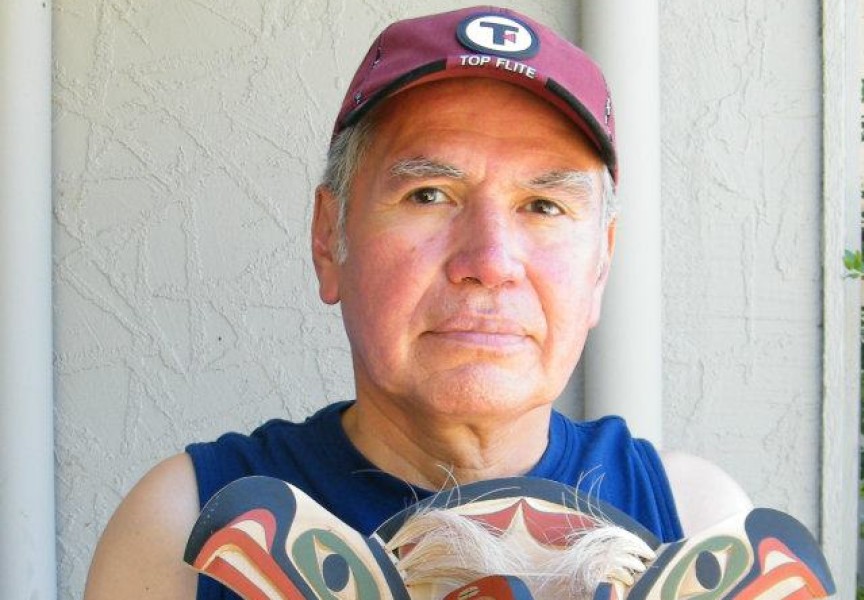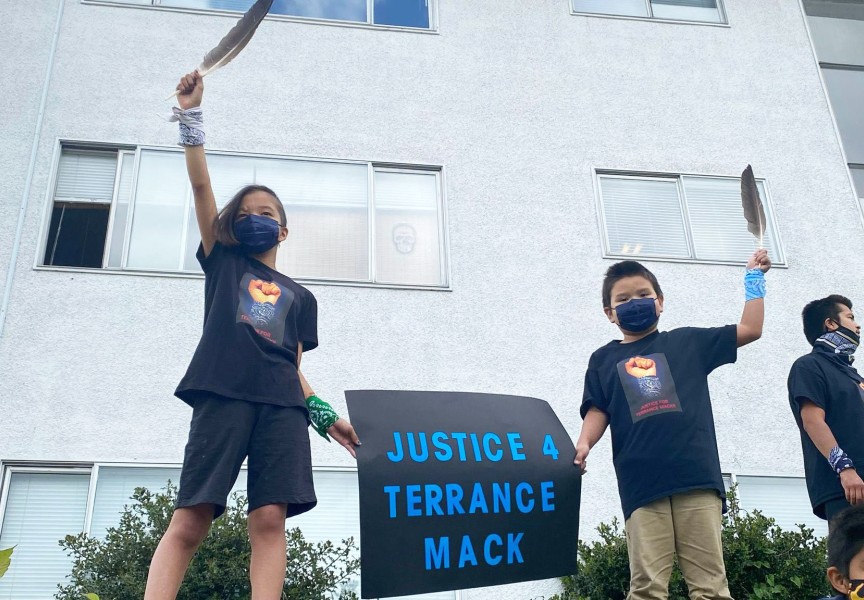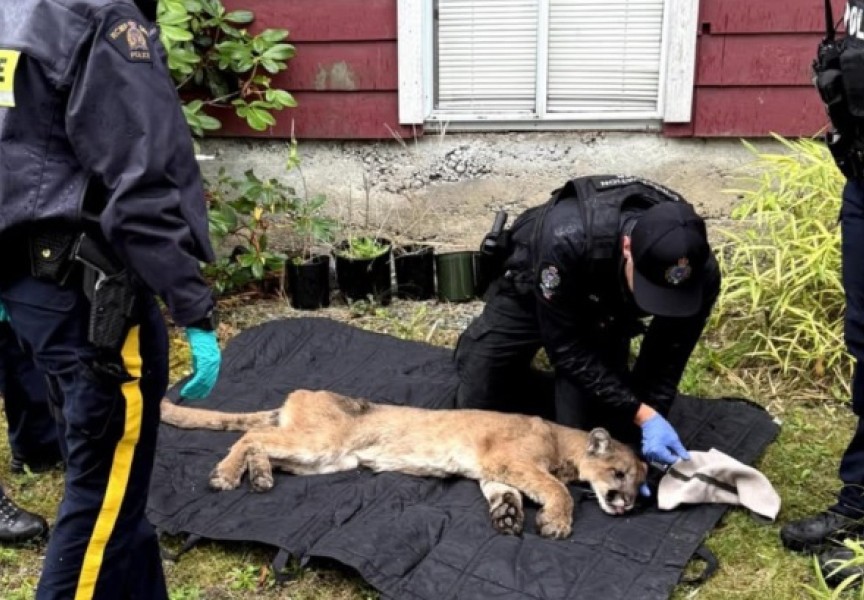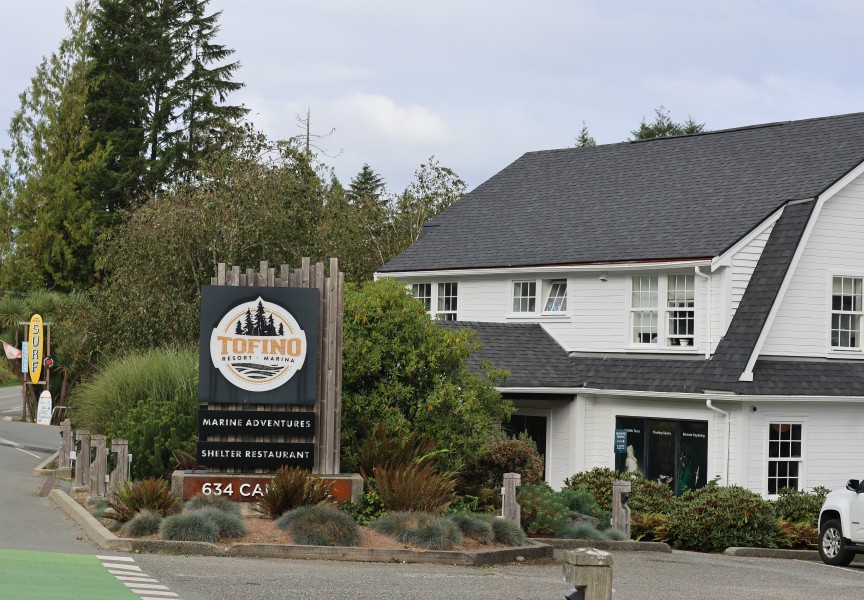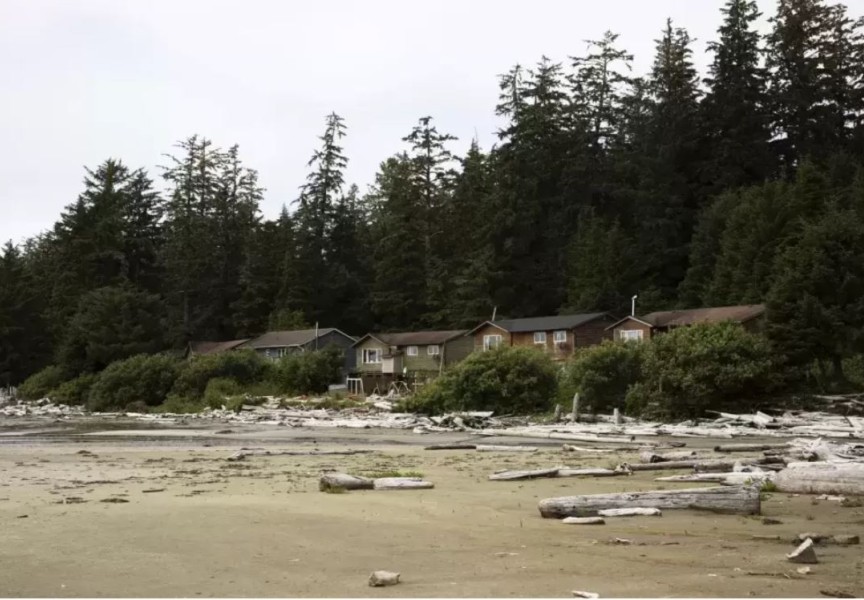It’s been more than 20 years since Robert William “Willie” Pickton was arrested on illegal gun charges at his Port Coquitlam pig farm. Armed with warrants, investigators searching the pig farm property soon found evidence that something more serious had happened. On Feb. 22, 2002 Pickton was charged with two counts of murder, launching an investigation that was dubbed the largest crime scene in Canada’s history.
Over 18 months of investigation, which involved heavy equipment and sifting through 383,000 cubic yards of soil in the search for human remains, more than 600,000 items were seized by police from the farm. Along with personal belongings of missing women, investigators uncovered partial human remains and DNA evidence indicating that more than two dozen women lost their lives there.
According to a Canadian Encyclopedia article written in January 2023, at least 65 women were reported missing from Vancouver’s Downtown Eastside between 1978 and 2001. Pickton claimed to have killed 49, and he was officially linked to 26 missing DTES women. Of these cases, the first went missing in 1995 and the last seven disappeared in 2001.
Pickton preyed on vulnerable women – those with addiction issues and sex trade workers.
Other missing women could not be linked to Pickton, due to lack of evidence. Two of those women were Nuu-chah-nulth-aht.
Elsie Sebastian of Pacheedaht went missing in 1992, when she was 40. It took many years for the local police department to make a missing persons report in her case. A residential school survivor, family members say Sebastian struggled with addiction. She has not been officially linked to Pickton.
Kellie Little, was transgender and suffered from congenital birth defects, including being born with one kidney, cleft palate, deformed jaw and had hearing loss. Little had a difficult childhood, having grown up in the foster care system, and she suffered from addictions. She was from Nuchahtlaht and was last seen April 1997, when she was 28. Little had a friend that knew Pickton, and it is believed she came in contact with him around the time of her disappearance.
On Jan. 22, 2007, Pickton went on trial for the first six of the 26 murders he had been charged with. On Dec. 9, 2007 he was found guilty by jury on six counts of second-degree murder and was given the maximum sentence of life in prison and no chance of parole for 25 years.
In a controversial decision, the remaining 20 murder charges against Pickton were stayed because he had already received the maximum punishment under Canadian law. There is DNA evidence linking these 20 missing women to Pickton’s farm, along with additional cases that have yet to be charged, but there are no provisions under Canadian law for consecutive life sentences.
The RCMP have now applied to the courts seeking permission to return or destroy approximately 14,000 exhibits seized during the Pickton investigation.
According to a family member of Elsie Sebastian, there are hundreds of pieces of women’s personal effects, including clothing, shoes, purses, jewelry, and make-up that were seized from the farm. She was not able to identify any of the items as belonging to her missing mother.
Family members still looking for answers are concerned.
“This latest step by the RCMP to seek disposal of all exhibits a mere 20 years after the investigation on the farm sends the message that the missing and murdered women’s cases are closed, despite the majority of them being unsolved,” said Sue Brown, a staff lawyer at the Vancouver-based Justice for Girls.
The First Nations Leadership Council points out that Pickton confessed to killing 49 women, the majority of whom were Indigenous, and was charged with the murders of 26. With so many cases unsolved, FNLC says the Pickton case has been marked by the marginalization of victims and families, discrimination, police mismanagement, apathy, and negligence.
“[T]his latest application by the RCMP is another instance of harmful conduct that deeply impacts survivors and family members,” the FNLC wrote in a statement. “Disposal of this evidence may negatively impact the ability for these families to ever know what happened to their loved ones and removes all remaining hope for their pursuit of some semblance of justice.”
Several victims’ families, groups and organizations are opposed to destroying the 14,000 pieces of evidence, citing the dozens of other unsolved cases that could be related to these items. Many believe that other people were involved in these murders and, with the rapid evolution of DNA science, could be identified in the future.
But the RCMP argue that all the DNA evidence has been collected and added to a database and all the items have been photographed.
On December 11 the First Nations Leadership Council called for the preservation of evidence collected in the Pickton case and demanded that the rights of victims, survivors and families be upheld.
The FNLC went on to say that the RCMP’s application to dispose of the 14,000 exhibits demonstrates a continued failure by police and Crown governments to ensure accountability for violence perpetrated against Indigenous women in contravention of the National Inquiry’s Calls for Justice and their legal obligations under the Declaration on the Rights of Indigenous Peoples Act.
“There has already been much damage and negative impacts from the Pickton case and to destroy the evidence only perpetuates the injustice,” said Nuu-chah-nulth Tribal Council President Cloy-e-iis, Judith Sayers. “NTC stands with others to not destroy the evidence and for sufficient resources be allocated to ensure this evidence is preserved so unsolved cases may be solved.”
“December 6, 2023 marked the National Day of Remembrance and Action on Violence against Women as well as 20 years since the Pickton farm was finally searched and we’re still echoing the calls of family members for the RCMP and justice authorities to prioritize and dedicate adequate resources to pursuing justice for the murder victims,” stated Grand Chief Stewart Phillip, president of the Union of BC Indian Chiefs. “This evidence, which includes cherished belongings of stolen loved ones, holds a truth, and as far as I’m concerned, the police have no authority over the truth.”
Sayers agreed, saying, “in line with UNDRIP and the Declaration Act, there must be a reform of the legislative framework around evidence disposition, especially in cases involving Indigenous and marginalized women and girls.”
“We also need more accountability with the RCMP and other police forces to ensure the handling of evidence reflects the highest standards of investigation,” she added. “Reconciliation and justice go hand in hand.”
“We call for systemic change that upholds the rights of all Indigenous women,” stated First Nation Summit Political Executive Cheryl Casimer. “The United Nations Declaration on the Rights of Indigenous Peoples, the Calls for Justice, outstanding recommendations from the Oppal Inquiry, Highway of Tears Symposium Report, and the Red Woman Rising Report, among many others, provide direction on the urgent actions required to uphold the safety and wellbeing of Indigenous women and gender diverse people, including the rights of sex workers.”
“The will of those most impacted must guide how evidence is managed in this case,” stated B.C. Assembly of First Nations Regional Chief Terry Teegee. “We call for urgent action to ensure the proposed disposal of evidence in the Pickton case does not proceed. The RCMP and other policing bodies must be accountable for adhering to their obligations; conducting thorough and respectful investigations that uphold the human and Indigenous rights of Indigenous peoples.”
“There must be consistent efforts and resources put towards the unsolved missing women’s investigations related to the Pickton case,” said Sayers. “This case has been tragic for many and solving some of these cases would go a long way to helping make things better.”
The RCMP application to dispose of the 14,000 exhibits will be back in BC Supreme Court in New Westminster in January 2024.



